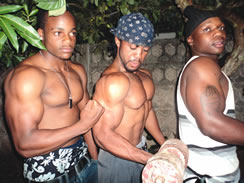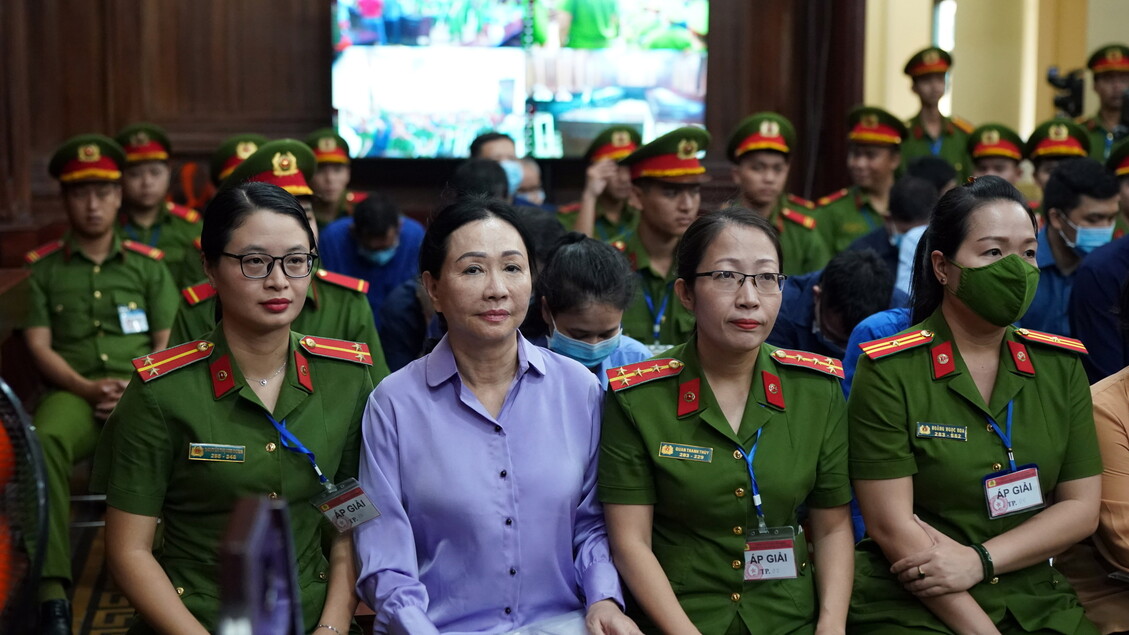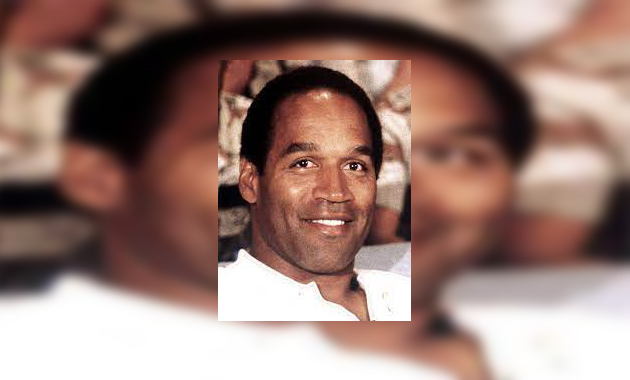Battles rage on in Libya

attacking rebels extending their eastern area of control and in western Zawiyah, 50km west of Tripoli, where forces of Muammar Gaddafi launched an offensive that saw the rebel commander in the town killed and rebels pushed back.
There were also anti-Gaddafi demonstrations in the capital Tripoli, but these were dispersed by government forces.
Both State TV and rebel spokesmen agreed that an improvised force of rebels has been pu-shed back to the central square in Zawiyah after government troops recaptured the airport and the port.
State TV said the town had fallen but rebels said their remaining 2 000 troops were preparing for a final stand.
“We are on the square, all of our forces are here,’ said spokesman Youssef Shagan.
‘The square is safe but they (government forces) are attacking from east and west. We will fight until the end.”
At least 30 civilians were killed, two residents said.
“I have been to hospital less than 15 minutes ago. Dozens were killed and more were wounded. We have counted 30 dead civilians.
“The hospital was full. They could not find space for the casualties,” Zawiyah resident Mo-hamed told Reuters by telephone.
“We receive updates from the hospital and they say the number of casualties is rising,” he added.
Another resident, Ibrahim, said between 40 and 50 people were killed in the clashes.
Their accounts could not be immediately verified.
The rebellion in Zawiyah – the closest rebel-held territory to the capital and also the site of an oil refinery – has been an embarassment to the Libyan authorities who are trying to show they control at least the west of the country.
In Tripoli, still firmly in Government hands, shooting rang out across a district of the Libyan capital as government forces broke up a crowd of protesters shouting “Gaddafi is the enemy of God!”
The demonstrators spilled out of the Murat Adha mosque in the Tajoura district of eastern Tripoli after Friday prayers, and several hundred of them began chanting for an end to Gaddafi’s four decades in power.
But a few minutes later, pro-Gaddafi security forces in military fatigues and with green scarves around their heads arrived at the scene of the protest.
They fired tear gas and there was the sound of repeated and heavy gunfire, though there was no immediate evidence that anyone had been hit by gunshots.
For a short time, Gaddafi’s opponents took over a corner of the city. They waved the tricolor flag adopted as the symbol of the revolt against his rule, and scrawled graffiti on walls insulting Gaddafi and saying: “We will not give up!”
About 45 minutes after security services intervened, the area in front of the mosque was cleared of protesters and a few dozen Gaddafi supporters in tracksuits – who had been bussed into the neighbourhood – took over.
Away from the Tajoura district, the rest of the city appeared tense but calm. There was heavy security at Algiers Square, near the centre, and in the central Green Square, Gaddafi supporters sang and waved green Libyan flags.
Eastern regions of the country, around the city of Benghazi, have already spun out of Gaddafi’s control after a popular revolt against his four decades of rule.
Yesterday the eastern rebel forces continued to push west along the coast after successfully defending two towns west of Benghazi this week.
Heavily armed rebels clashed with forces loyal to Gaddafi on the outskirts of the key oil terminal of Ras Lanuf as the head of Libya’s rebel council vowed “victory or death”.
The rebels were attacking a military base on the outskirts of Ras Lanuf, a major oil port in the Gulf of Sitre on the Mediterranean Sea, which has a refinery, pipelines and a terminal, and the army responded with artillery fire and helicopters firing machine guns.
Rebels said they had captured the airport and intended to push forward toward the military base after dark.
“There’s been rockets and missiles from us targeting a military base which is there to protect the Ras Lanuf oil terminal,” armed rebel Adel Yahya told Reuters, adding: “This is outside Ras Lanuf itself.”
Flashes, thuds and bangs from heavy weapons resounded from the battlefield, along with wailing sirens and puffs of smoke in the air.
Rebels with heavy artillery were streaming to the front line, backed by anti-aircraft guns mounted on trucks and anti-tank guns.
It was not clear if there had been any casualties in the exchange of fire.
Rebel forces, who were about 10 km from Ras Lanuf, had been firing for at least one hour towards the base and the army had been defending the position. As dark fell the firing died down as rebels prepared their assault on the base.
Earlier, rebels fired their assault rifles at helicopters overhead which used machine guns on the rebel positions. A helicopter launched a missile which failed to explode.
Ras Lanuf lies about 660 km east of Tripoli.
Rebels called on the US to establish a no-fly zone.
“The first aim is to take the military base at the oil terminal,” said Mohamed Mughrabi, a rebel.
As rebels forces engaged the army at Ras Lanuf, the head of Libya’s rebel National Libyan Council told followers in the eastern town of Al Bayda:
“We are people who fight, we don’t surrender. Victory or death. We will not stop till we liberate all this country . . . The time of hypocrisy is over.”
The crowd chanted: “Libya is free and Gaddafi must go.”
Ex-justice minister Mustafa Abdel Jalil told cheering crowds: “There could be members of the old regime here among us. Your enemy can still put his people among you. Don’t listen to them and let them ruin our revolution.”
Asked by Reuters what the council would do next, he said: “We will send a message to the West and to all peoples that this is going to be a democratic country.”
On what he wanted from the international community, Abdel Jalil replied: “To help protect the Libyan people from Gaddafi’s assault and help put an end to it.”
The red, black and green flag, adopted by the rebels, waved from buildings and men carrying rifles were posted on roofs and next to the crowd, who were peaceful, enthusiastic and defiant.
Earlier, defiant rebels had vowed to march on Tripoli.
“We’re going to take it all, Ras Lanuf, Tripoli,” Magdi Mohammed, an army defector, fingering the pin of a grenade, told Reuters at a rebel checkpoint on the road to Ras Lanuf.
Rebel units took to the desert to get away from the coastal road after the intervention of their commander who warned that staying on the strategic route was dangerous.
“We’ve fanned out in the desert because this dog Gaddafi has desert cars and fighter planes. It’s harder for them to see us in the desert,” said Adel Al Imami, a former officer with Gaddafi’s brigades, now with the Feb. 17 Martyrs Brigade.
Young men randomly fired guns in the air, and tore around in open top four-wheel-drive trucks, spray painted with slogans or the word “ARMY”. Many had grenades and combat knives strapped to their bodies.
There were discipline problems between youths, eager to get to Ras Lanuf, and a regular army defector who was leading them.
“Get back! (from the road) All of you, I told you to get back,” rebel front-line commander and professional soldier Bashir Abdul Gadr shouted at the group of young rebels, one younger than 20 and armed with only a knife.
The young men took to the Sahara in a flanking move, and insisted others should come and reinforce their outpost to push forward to Ras Lanuf.
It was not clear how far behind them were the armoured vehicles, including five tanks, this correspondent had seen previously further east or when other rebel forces would reinforce the spearhead group.
Earlier yesterday, a Libyan warplane bombed just beyond the walls of a military base used to store huge amounts of ammunition and now held by rebels in the eastern town of Ajdabiyah but did not hit it.
The base comprises 35 bunkers.
Earlier this week, this correspondent was shown one bunker packed with 10 000 tonnes of ammunition. – Reuters.










Comments